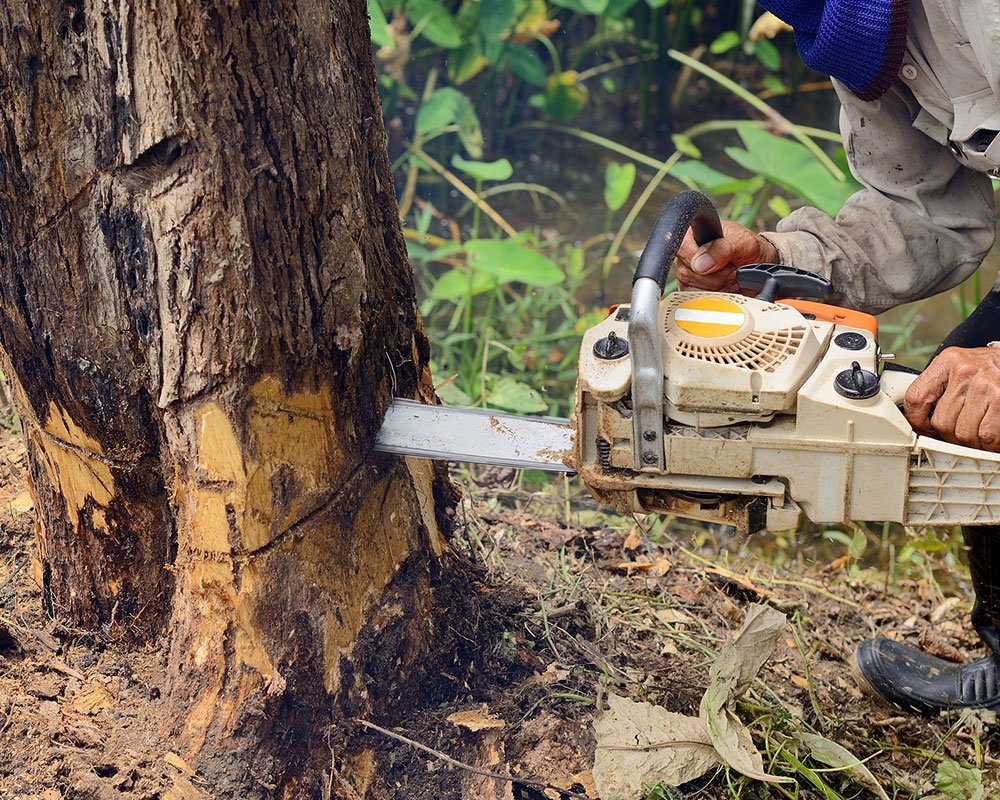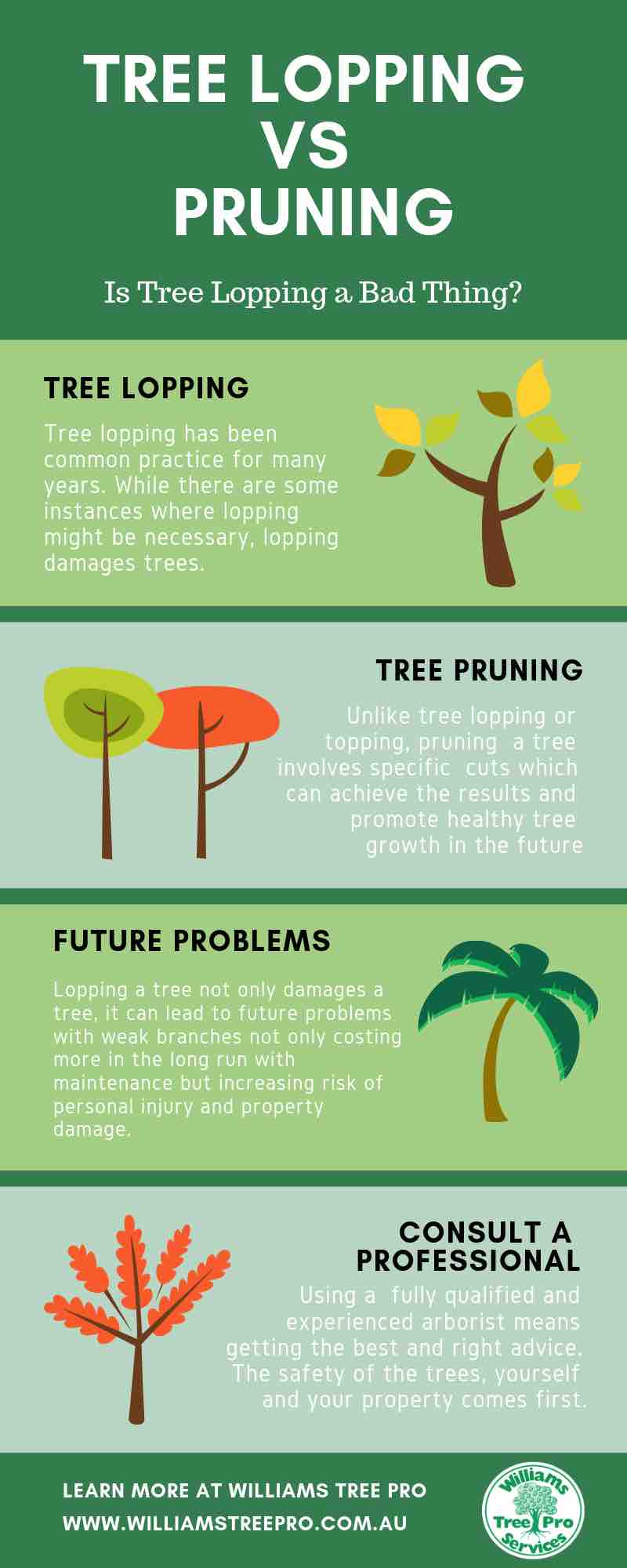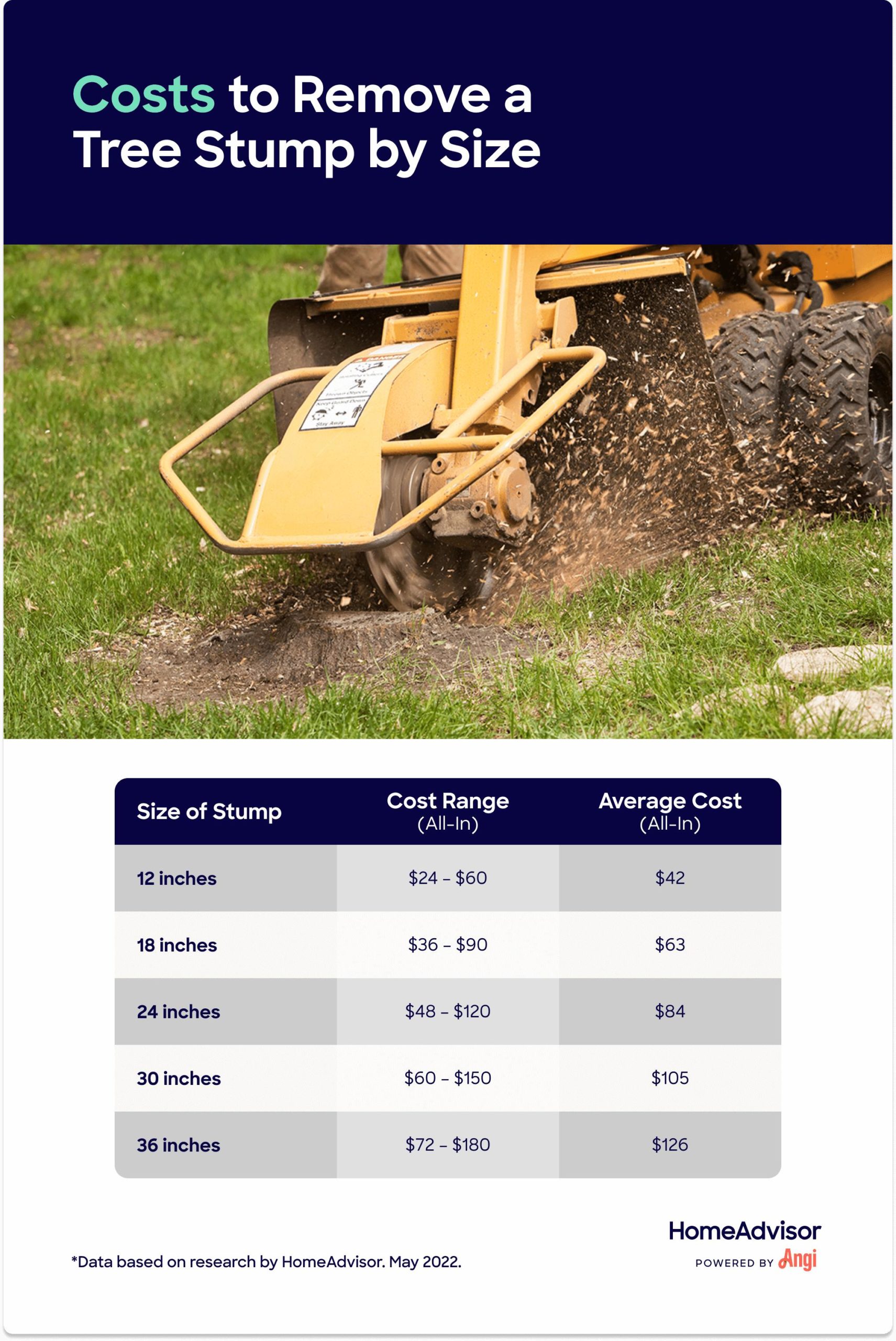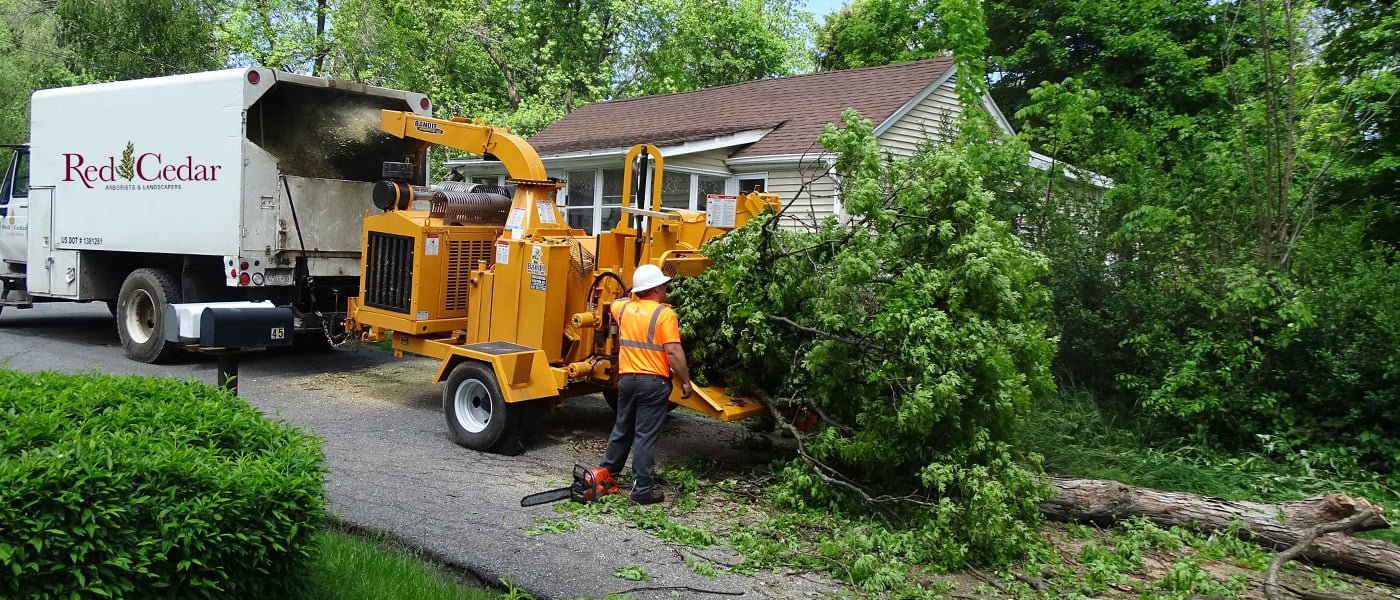[ad_1]
Whether you need a tree service for your home, your business, or a park, there are a few things you should know before calling a professional to get the job done. You’ll also need to learn about the common tasks a tree care technician does and the safety precautions you should take before a tree service arrives.
Cost of a tree service
Depending on the type of tree, the cost of a tree service can be anywhere from $100 to thousands of dollars. Large trees have higher labor and equipment costs. A well-maintained tree should be less costly to remove than an unhealthy one.
Large trees can also be dangerous to remove. A tree in the wrong location can damage property or power lines. Branches near power lines are especially difficult to remove.
Large trees can also require more time to prune and haul away. Trees that have thick branches require higher-powered saws and special equipment.
Other factors that can impact the cost of a tree service include the size and location of the tree. A tree near a power line is an obvious concern, but a tree in an inaccessible location can add up to a significant bill.
Large trees also require heavy equipment, such as wood chippers and cranes. In addition to equipment, a tree service may also require a large crew to get the job done.
Common tasks of a tree service technician
Having a tree service technician can be helpful if you have trees in your yard that need to be trimmed. They may be called to trim trees that have fallen, or to remove trees that are blocking sidewalks, trails or power lines. Tree services also help keep trees healthy. If a tree becomes diseased or dangerous, a tree service technician can diagnose the problem and recommend a solution.
A tree service technician may be employed by a landscaping company, government agency, lawn care company, or botanical garden. Their job involves trimming and pruning trees, as well as removing trees that have fallen or become diseased. They may also perform other duties related to tree care, including planting new trees.
Tree service technicians may have to work in teams. They may also use heavy equipment and power tools. Some may specialize in a particular type of tree.
Tree care technicians work on special events, such as Christmas trees or holiday lights. They also help with storm-related emergencies. They may be called to remove trees that block sidewalks or trails, or to remove trees that have fallen and are obstructing traffic.
Safety precautions to take before a tree service visit
Whether you’re hiring a tree service to trim your trees or remove them, it’s important to take safety precautions before and during the work. In the past, tree service workers have been killed by falling objects and electrocutions.
Using the right tools is one way to reduce the risk of injury. For example, if you plan on using a chainsaw, be sure to wear leather gloves. You also need to wear ear protection, a helmet, and safety glasses. Wearing safety harnesses and gloves can also help keep you safe while chopping trees.
The best way to avoid a fall is to make sure you’re not standing on the top of a tree. Before cutting down a tree, you should plan out two safety escape routes. Each route should be angled at a 45 degree angle away from the direction you plan to fall.
Other safety precautions to take before a tree service visit include avoiding power lines. If you’re in the area, call your local power company to inspect trees that could interfere with power lines. If your trees are rubbing against power lines, they could damage them and cause power outages.
ISA or TCIA certification
Whether you are a tree care professional or a customer, you want to make sure that you are getting the right care for your trees. Choosing a tree service that is certified by the International Society of Arboriculture (ISA) or the Tree Care Industry Association (TCIA) is one of the best ways to protect yourself and your trees.
ISA, in addition to its own standards and programs, works with other organizations to create a culture of safety within the tree care industry. The organization has developed a Certified Treecare Safety Professional program that is designed to educate tree care professionals on effective safety tactics and strategies.
This program requires ongoing safety training and education. In addition to providing a well-rounded education in safety concepts, it also gives safety professionals tools to effectively communicate safety concepts to their teams.
The Tree Care Industry Association (TCIA) is an educational and research organization that represents more than 2,000 commercial tree care firms. It develops standards of tree care practice and management information for arboriculture firms worldwide.
[ad_2]




